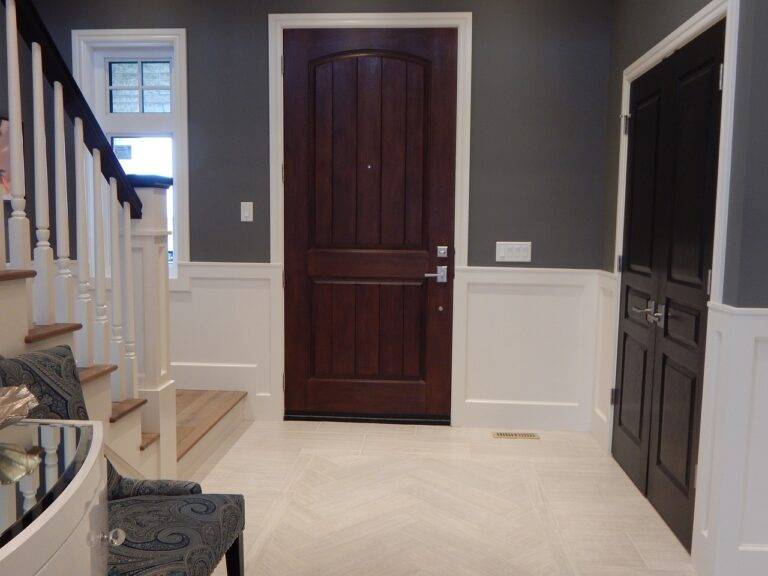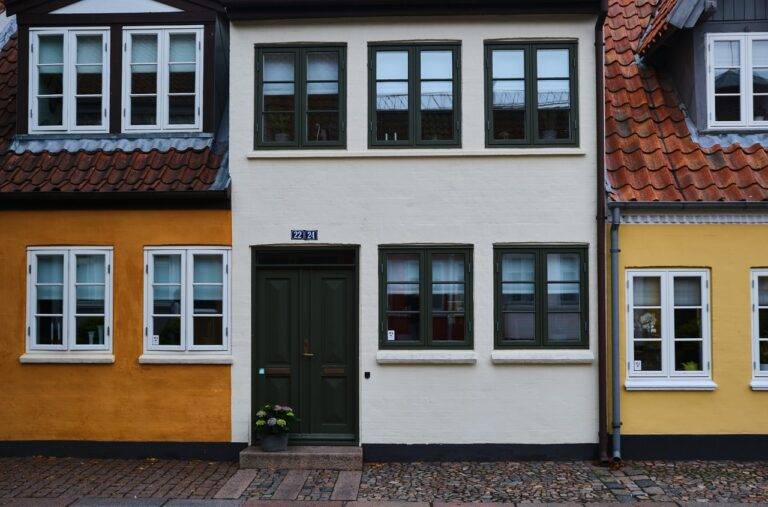Revamping Your Home with Accent Walls: Creative Painting Ideas
When considering accent walls, it’s important to choose the right wall in a room. Typically, the wall with the main focal point, such as a fireplace or bed, works best for creating an accent feature. By selecting a wall that naturally draws the eye, you can enhance the overall aesthetics of the space.
Once you’ve pinpointed the ideal wall for your accent, the next step is selecting the perfect paint color. Bold and vibrant hues can make a statement, while softer tones can add a subtle touch of elegance. By harmonizing the color with the existing decor and furniture in the room, you can achieve a cohesive and visually appealing accent wall.
When choosing an accent wall, consider the wall with the main focal point in the room
Select bold and vibrant colors for a statement or softer tones for a subtle touch of elegance
Harmonize the color with existing decor and furniture to achieve a cohesive look
Choosing the Right Wall
When it comes to choosing the right wall for your accent wall, there are a few key factors to consider. First and foremost, think about the wall that naturally draws your eye upon entering the room. This might be a wall with architectural features like a fireplace, a large window, or a unique alcove. Highlighting this wall with a bold color or pattern can enhance the focal point of the room and create a striking visual impact.
Additionally, consider the overall layout of the space. Choose a wall that will complement the existing furniture and d飯r in the room. For example, if you have a gallery wall on one side, selecting the opposite wall as your accent wall can create a balanced look. Remember that the goal is to add visual interest and depth to the room, so choose a wall that will enhance the overall aesthetic without overwhelming the space.
Selecting the Perfect Paint Color
When it comes to selecting the perfect paint color for your accent wall, consider the mood and ambiance you want to create in the room. Lighter shades such as soft blues and pale yellows can make a space feel more airy and spacious. On the other hand, deep hues like navy blue or charcoal gray can add a sense of coziness and sophistication to a room.
Another factor to keep in mind is the existing color scheme of the room. Choose a paint color that complements the furnishings and decor already present in the space. Warm tones like terracotta or almond can work well in rooms with earthy or neutral tones, while cooler shades like mint green or lavender can complement a more modern or minimalist aesthetic.
How do I choose the perfect paint color for my accent wall?
Consider the existing colors in your room and choose a shade that complements them. You can also look for inspiration in magazines or online for color ideas.
Should I paint all the walls in the room the same color as the accent wall?
It’s not necessary to paint all the walls the same color as the accent wall. In fact, sometimes it’s better to choose a complementary color for the other walls to create a cohesive look.
Should I choose a bold color for my accent wall or something more subtle?
The choice between a bold or subtle color really depends on your personal style and the overall aesthetic of the room. Both options can work well, so choose what speaks to you.
How do I know if the paint color will look good in my room?
One way to test out a paint color is to get a sample and paint a small section of the wall to see how it looks in different lighting throughout the day. You can also use online visualization tools to see how the color will look in your room.
Can I change the paint color of my accent wall easily if I don’t like it?
Yes, you can always repaint the accent wall if you don’t like the color. Just make sure to properly prepare the wall before painting to ensure a smooth finish.







